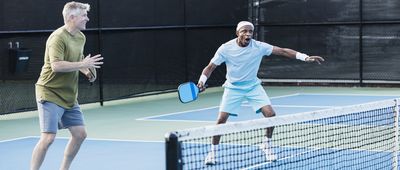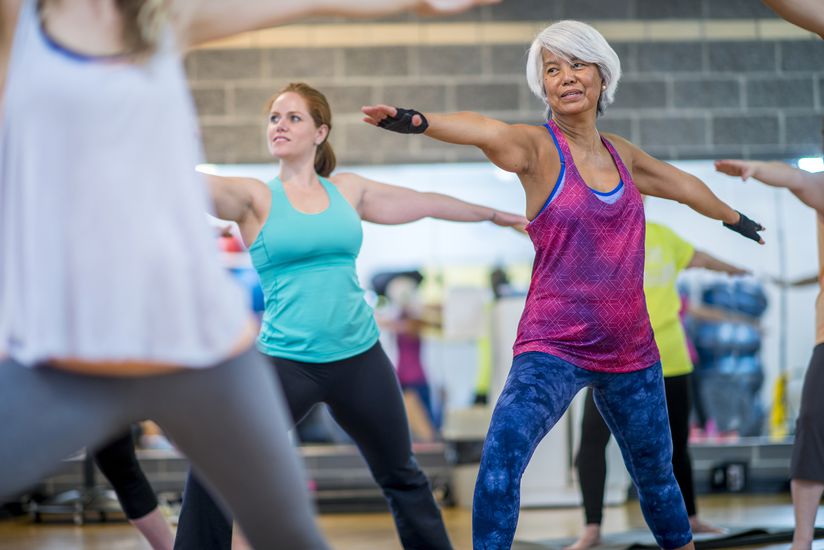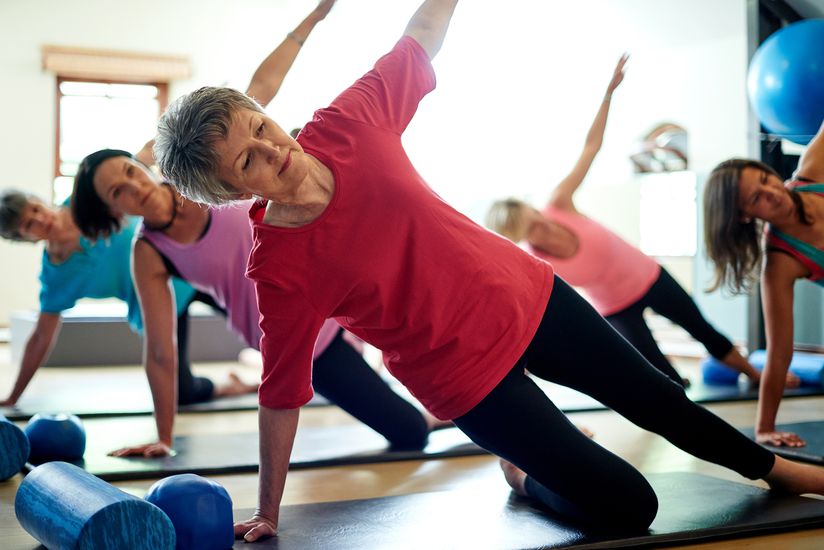Easy Ways to Stay Fit
Exercise can keep seniors healthy, active, and enjoying life — which is all the more important during the high-stress days of a pandemic. Older adults who are physically active have lower rates of mortality from all sorts of diseases and exercise is an effective management tool for those with arthritis, hypertension, and even dementia. The World Health Organization recommends 150 minutes per week of at least moderate intensity activity for adults 65 and older, and muscle-strengthening exercises at least twice a week. In addition, the Office of Disease Prevention suggests that older people, who are in danger of suffering from falls — a leading cause of injury and death — should add some sort of balance training to the mix. Here are 20 essential exercises that can keep seniors on their toes.
Related: 14 Weight-Loss Tips for Seniors





























